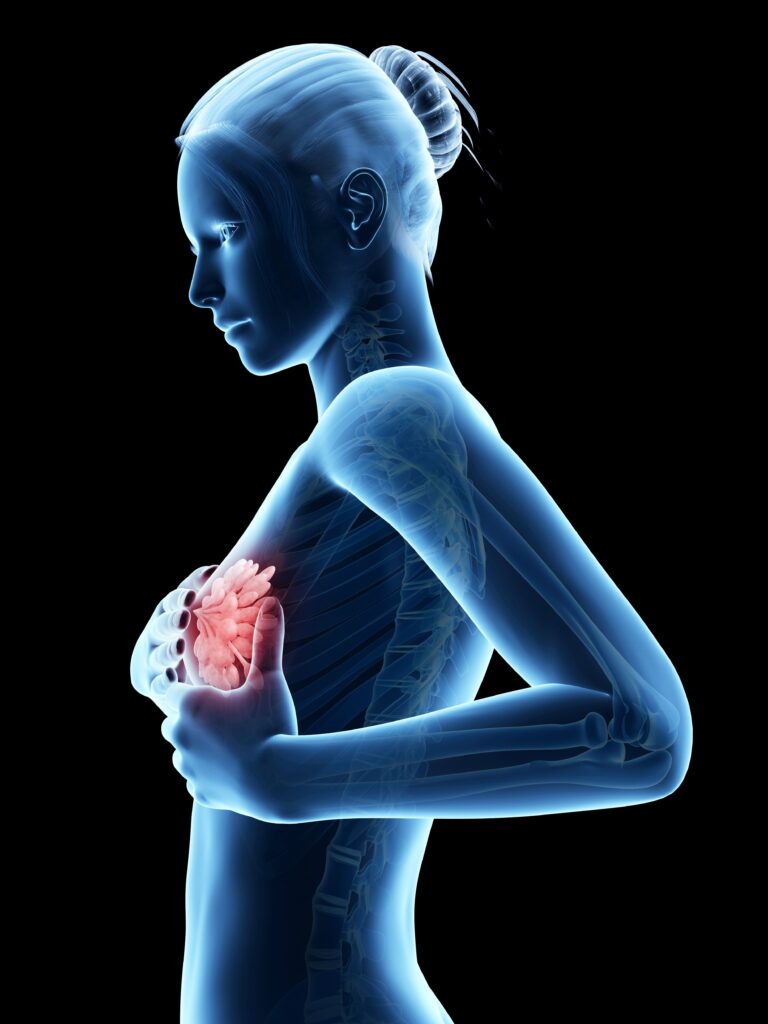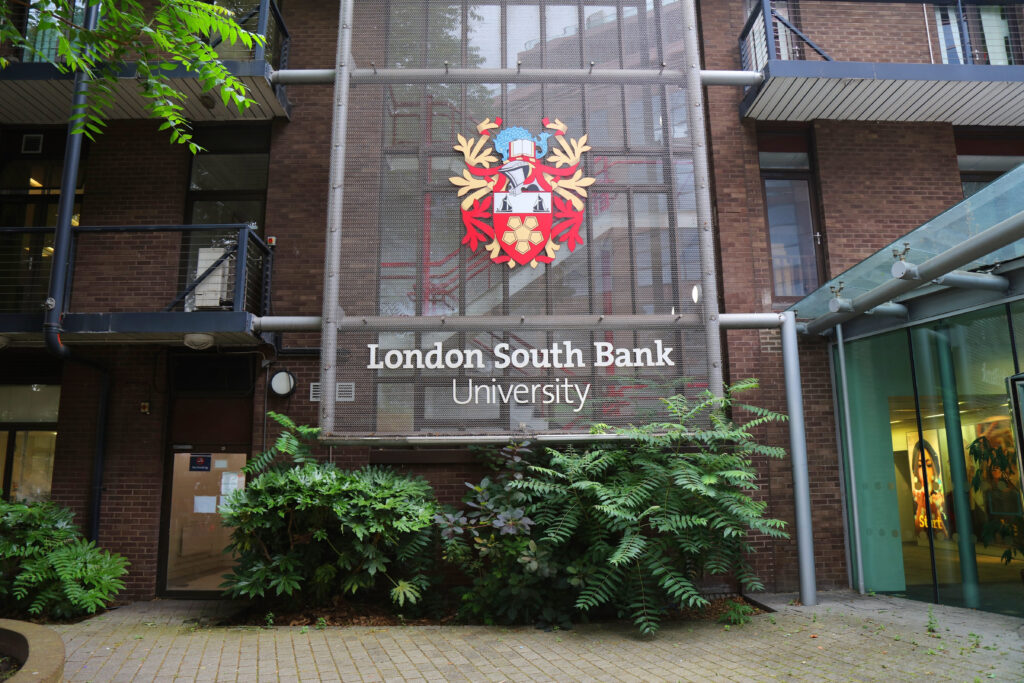The MammoScreen Project is improving the AI-driven algorithm used in the MammoWave® technology. The aim is to develop the AI-based model so that it detects breast cancer in an early stage while avoiding false results, but this is a fine balance to attain.
The strategy for developing AI methods and ensure robust clinical validation involves an iterative process of data acquisition, improvement of algorithms and rigorous testing of the results against current clinical standards. The first step involves collecting high-quality and representative datasets. That is why MammoScreen gathers microwave imaging data from multiple clinical sites, recruiting across different patient demographics to ensure that variations in breast tissue composition are sufficiently represented in the dataset.
Yet, before being used at all, the data needs to be checked for quality and pre-processed in order to reduce signal noise and remove artifacts (for example, irrelevant signals) that could interfere with the AI learning. The analysis also requires annotations regarding the presence or absence of tissue anomalies according to a radiologist´s assessment, so that supervised learning, a type of algorithm that learns from labelled data, can be applied. The output of the AI model is then compared to the true label and parameters are adjusted to reduce errors. The ultimate goal is to optimise the algorithm so that it can be used to predict the correct answer for new samples.
A key component of the current AI-driven framework is a hierarchical model that employs a structured, multi-stage decision-making process. This stepwise approach systematically refines predictions, leading to significant improvements in the accuracy of breast cancer detection. In our new approach, we have begun exploring the use of deep learning strategies to enhance diagnostic accuracy. Deep learning, a subset of machine learning, employs multi-layered artificial neural networks inspired by the architecture of the human brain. These networks are capable of automatically learning and extracting hierarchical representations from complex data. Each layer within the network captures progressively abstract and informative features, enabling the model to identify intricate patterns that may not be easily discernible through traditional methods. In the context of microwave imaging, deep learning models can be trained to recognize spatial and spectral patterns—such as contours, shapes, textures, and intensity variations—correlated with the presence or absence of suspicious lesions. This capability holds significant promise for improving early breast cancer detection through automated and data-driven analysis.
Our experts have been refining the MammoWave AI algorithm ahead of the planned interim analysis and the results are very promising. The refinement strategy involves the selection and enhancement of microwave signal features that best differentiate normal and abnormal tissues. A rigorous evaluation is being conducted to ensure that the AI model minimizes false results. The focus has been in transparency in what is done by the AI model, keeping in mind that radiologists will need to understand the rationale behind the AI-driven recommendations. By refining AI methods and validating clinical efficacy, the MammoScreen project aims to offer a reliable, non-invasive alternative for early breast cancer detection. Clinical validation is crucial when translating MammoScreen’s AI methodology into real-world healthcare settings.




